 Travel
Travel  Travel
Travel  Creepy
Creepy 10 Haunted Places in Alabama
 History
History Top 10 Tragic Facts about England’s 9 Days Queen
 Food
Food 10 Weird Foods Inspired by Your Favorite Movies
 Religion
Religion 10 Mind-Blowing Claims and Messages Hidden in the Bible Code
 Facts
Facts 10 Things You Never Knew about the History of Gambling
 Weird Stuff
Weird Stuff 10 Cool and Creepy Facts about Collecting Tears
 Humans
Humans The Ten Most Lethal Gunslingers of the Old West
 Misconceptions
Misconceptions 10 Phony Myths and Urban Legends That Just Won’t Die
 History
History 10 Amazing Roman Epitaphs
 Travel
Travel Top 10 Religious Architectural Marvels
 Creepy
Creepy 10 Haunted Places in Alabama
 History
History Top 10 Tragic Facts about England’s 9 Days Queen
Who's Behind Listverse?

Jamie Frater
Head Editor
Jamie founded Listverse due to an insatiable desire to share fascinating, obscure, and bizarre facts. He has been a guest speaker on numerous national radio and television stations and is a five time published author.
More About Us Food
Food 10 Weird Foods Inspired by Your Favorite Movies
 Religion
Religion 10 Mind-Blowing Claims and Messages Hidden in the Bible Code
 Facts
Facts 10 Things You Never Knew about the History of Gambling
 Weird Stuff
Weird Stuff 10 Cool and Creepy Facts about Collecting Tears
 Humans
Humans The Ten Most Lethal Gunslingers of the Old West
 Misconceptions
Misconceptions 10 Phony Myths and Urban Legends That Just Won’t Die
 History
History 10 Amazing Roman Epitaphs
10 Things You Should Know About The CIA’s Torture Program
In 2009, one of Barack Obama’s first official acts as President was to ban “enhanced interrogation techniques.” In December 2014, a Senate Committee released a summary of a larger (still classified) report entitled: “The Committee Summary of the Central Intelligence Agency’s Detention and Interrogation Program.”
The bombshell report revealed that the American government had approved the torture of prisoners, some of whom were wrongfully imprisoned and held without due process or even public acknowledgment. An earlier report found that some detainees were held indefinitely at least in part because the CIA feared they would talk about the circumstances of their detention.
When we allow fear and uncertainty to drive our policy, the consequences can haunt us forever. In the saddest news of all, over a quarter of the world’s nations helped run the program.
10“Enhanced Interrogation” Is Just Torture
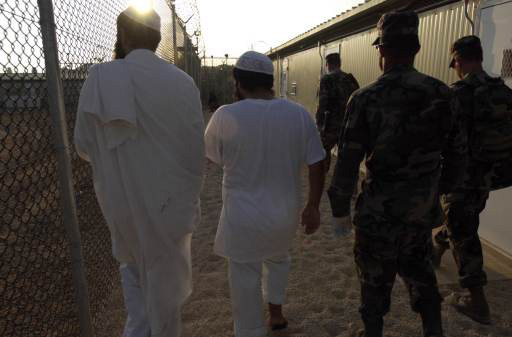
The Senate report makes it clear that “enhanced interrogation techniques” is simply a euphemism for torture. We don’t even know the full details, but the acts listed in the report are sickening enough.
Deep within “black sites” such as the one known as “Detention Site: Cobalt” (believed to be located in Afghanistan) the CIA used a suite of treatments, often in combination, that included prolonged periods in complete darkness, disorientating loud music and/or flashing lights, and freezing temperatures. Prisoners were forced to stand for prolonged periods on broken bones, shackled standing with their arms up in the air, dragged along rough corridors and stairs while naked or nearly naked, and subjected to beatings—all while wearing hoods that covered their heads. They were often left with only buckets for human waste. Then there’s the waterboarding, of course.
One of the report’s most horrifying revelations was the CIA’s fondness for “rectal rehydration” or “rectal feeding,” a form of force-feeding where pureed food is inserted into the rectal cavity with “excessive force,” often resulting in extensive physical damage. This was carried out regardless of medical necessity, apparently as a way to achieve “total control.” Some CIA records refer to the shockingly common practice as a “lunch tray.”
Interrogators also staged executions and made threats to hurt detainee’s children or rape and murder their mothers, a common form of psychological torture that has been a mainstay of totalitarian regimes for centuries.
9And Torture Doesn’t Work
It’s widely known that torture doesn’t work very well, at least when the purpose is to extract usable information from an unwilling detainee. While torture might be effective at creating an environment of fear among an oppressed population, most experts agree that using it to obtain accurate information is grossly counterproductive.
Back in 2007, Professor Darius Rejali wrote a piece for the Washington Post specifically addressing the CIA program and debunking common claims used to support it. He noted that undergoing torture actually makes suspects more likely to lie in order to placate their captors. In other words, torture can make even a totally innocent person confess to an elaborate plot if it seems like that will make the pain stop. Since even trained interrogators struggle to accurately detect when a person is lying, such false confessions often lead to wasting resources on pointless wild goose chases. With multiple prisoners, the confusion becomes even worse, until no information actually becomes better than a slew of bad or suspect confessions.
But there are also important reasons not to use torture regardless of its efficiency. As Senator John McCain (himself a victim of torture during the Vietnam War) told the Senate earlier this month: “the use of torture compromises that which most distinguishes us from our enemies, our belief that all people, even captured enemies, possess basic human rights.”
8At Least One Detainee Died, Others Were Severely Injured

In response to the report, Afghan President Ashraf Ghani has said he will ask for “the names and number of the Afghans subjected to the techniques in order to work for their rights.” He has good reason to demand this: people have died or been seriously injured in various CIA “black sites”—and some of them were almost certainly innocent.
Records of the Cobalt facility are minimal, but we do know that at least one person, Afghan native Gul Rahman, died there. Rahman, accused of serving as a bodyguard for the warlord Gulbuddin Hekmatyar, died of hypothermia after being beaten and chained down in a cold room with minimal clothing. At the time of his death, his face, legs, shoulders, and waist were covered in cuts and bruises. In 2005, a CIA officer reported that another detainee had been chained down for as long as 17 days in similar conditions.
Some detainees tried to mutilate themselves and many suffered from hallucinations, paranoia, and insomnia. High-value Al-Qaeda suspect Abu Zubaydah was reported to have become unresponsive after a waterboarding session.
We currently don’t know the full extent of the physical or psychological damage inflicted on detainees. But bear in mind that out of the 119 known detainees subject to the program, 26 were wrongfully imprisoned.
7It Has Already Hurt America’s Standing With Other Nations
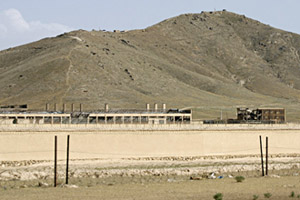
Shortly before its release, some Obama officials attempted to postpone making the report public based on the fear that it would hurt relations with overseas allies and endanger American citizens and organizations abroad.
Fortunately, the response to date has not been violent, but condemnation is rolling in from all over the world. The greatest criticism has come from Afghanistan, arguably our most important partner in the region. President Ashraf Ghani, while emphasizing that the acts were carried out by the previous administration, nonetheless strongly condemned the fact that “the principles of human rights, as well as the Constitution of the United States and universally accepted ethics, had been violated by the CIA and its contractors.” He also emphasized that recent security agreements meant Americans would no longer be able to detain or arrest Afghan citizens.
The leaders of nations as diverse as China, Russia, Iran, Pakistan, France, Poland, and North Korea have all released their own critical statements. That’s hardly a glowing spectrum of disinterested justice-seekers, but there’s some truth in China’s claims that the report will undermine America’s own reputation as a champion of human rights.
6The CIA Actively Misled The President, Congress, And Public
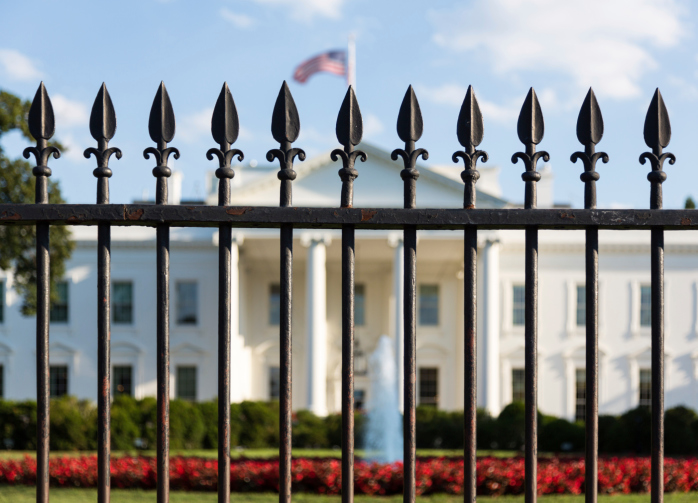
Despite negative internal assessments by its own officials, the CIA willfully misrepresented the usefulness of its program to the White House, the National Security Council, the Department of Justice, the CIA Office of the Inspector General, the US Congress, and the American public. For example, they drew up a list of 20 case studies that “proved” they had thwarted threats and captured specific terrorists only because of the use of torture.
The Senate Committee reviewed these claims and came to the conclusion that none of them were close to accurate. Instead, the agency played down its use of extreme tactics and played up the usefulness of the information obtained. In some of the claims, “no relationship” at all existed between the information obtained by torture and the results. In the other cases, the CIA “inaccurately” claimed that unique and precise information was obtained “as a result” of the torture. In all 20 cases, the information obtained was either already known to the intelligence community, or was obtained prior to torture.
The report also accuses the CIA of misleading the President himself by failing to brief then-President Bush in 2002. (To his credit, when he was fully briefed in 2006, he ended many of the program’s harsher measures).
5The CIA And Some Republicans Dispute The Report

Before the report summary even went public, the CIA and some Republicans were already lobbing criticisms at it. The CIA accused the report of FBI bias and claimed that it was marred by factual errors and faulty conclusions.
Once released, some Republicans claimed that the report irresponsibly revealed national secrets and sensitive information about our allies. Others claimed that the report was intended to “embarrass” the Bush administration. Kentucky Senator Mitch McConnell charged that the report was released to benefit the Democrats politically, while North Carolina Senator Richard M. Burr went so far as to call the report “a fiction.”
Meanwhile, the CIA went into damage control mode. Director John Brennan, in a rare public statement, said that it was “unknown and unknowable” whether the information obtained by torture could have been obtained another way, adding that the CIA found itself in “uncharted territory” after it was handed unprecedented new powers in order to fight Al-Qaeda. He also defended the program by saying that it eventually helped to find Osama bin Laden.
4It Didn’t Help To Find Bin Laden
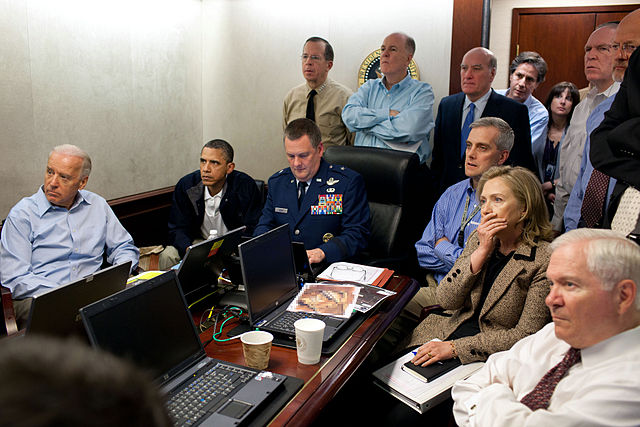
While the CIA continues to claim that torture helped to find him, the information from Hassan Ghul that eventually led to Osama bin Laden was actually obtained before any “enhanced interrogation techniques” were used. Similarly, the report concludes that torture produced little of value in the fight against Al-Qaeda and other terrorist organizations. Instead, tortured suspects produced fabricated, exaggerated, and otherwise faulty information on critical terrorist issues, sometimes even inventing false terrorist threats to confess to.
On numerous occasions, intelligence officers claimed that reliable intelligence was usually gained when a prisoner was confronted with information that the Agency already possessed, and not through the use of torture. Even other CIA officials called the extreme methods of the Detention and Interrogation Program into question.
Torture wasn’t effective against Al-Qaeda, and it won’t be effective against anyone else. Based on this evidence, we should never resort to it again.
3There Was Little Oversight

Even the torture program’s defenders would have to admit that the lack of oversight for the project was horrendous. The Senate report found that some detention centers were run by junior officers with little or no experience or training in overseeing prisoners. In the Cobalt facility, other officials repeatedly complained about one such officer’s “issues with judgment and maturity.”
Records were also poorly kept at Cobalt, to the extent that CIA officials were unable to provide an accurate number of detainees held there. Multiple cases of torture are known to have occurred, but not all were recorded, making their full severity impossible to know.
In an earlier 2004 CIA report, a chilling passage completely surrounded by black redaction blocks reads only: “There were instances of improvisation and undocumented techniques.”
In fact, the program was so chaotic that the CIA accidentally tortured two of its own informants. A top CIA official actually threatened to quit over the situation, saying he would “no longer be associated in any way with the interrogation program due to serious reservation(s) about the current state of affairs.” Meanwhile, well over $300 million was spent, sometimes in countries that never ended up housing any detainees. At least two facilities were built that were never used. Outsourcing was epidemic.
2People Profited From Torture

One of the strangest and most disturbing parts of the report concerns two retired Air Force psychologists who formed a private company to profit from the torture of human beings. Despite the fact that the pair had no practical experience in interrogation or specialized knowledge of Al-Qaeda, the government outsourced much of the program to them. They made at least $81 million doing this.
The report refers to them by the pseudonyms Grayson Swigart and Hammond Dunbar, although US officials speaking on condition of anonymity have identified them as James E. Mitchell and Bruce Jessen.
The report charges that the two men were the central architects of the program and devised most of the torture methods adopted. They also participated in several waterboardings, including that of 9/11 mastermind Khalid Sheikh Mohammed. Their company, Mitchell, Jessen & Associates, eventually became the sole contractors allowed to oversee interrogations at the “black sites.” It isn’t hard to imagine how that could be abused. The Huffington Post alleges that they subsequently created a “feedback loop of torture,” repeatedly coming up with new and more brutal techniques and then assuring officials that they would work.
In their defense, the pair have stated that the torture report is flawed and cherry-picks evidence to misrepresent their role in the program. Mitchell claims that a secrecy agreement with the CIA prevents him from fully defending himself, but he disputes the charge that they were inexperienced.
Mitchell and Jessen weren’t the only ones to use torture for profit. Private CIA contractors were a “driving force” throughout the program. The ACLU, among others, is hoping that with the report’s release, lawsuits will stand a better chance of bringing at least some of those contractors to justice.
1Its Unlikely That Anyone Will Ever Be Punished
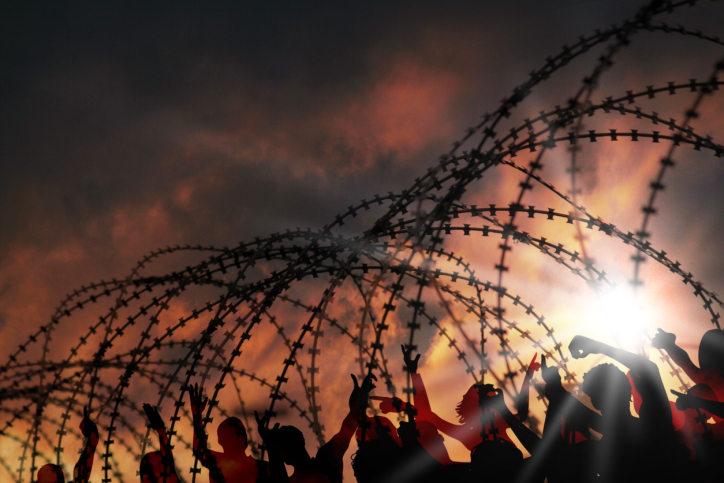
Immediately after the report’s release, Ben Emmerson, the UN’s Special Rapporteur on Counter Terrorism and Human Rights, called for criminal charges to be filed against those responsible for acts of torture. According to Emmerson, the Justice Department has a legal obligation to bring charges against the senior officials who approved the program.
But there’s almost no chance of that happening—the Justice Department has already declined to pursue the matter, citing a lack of evidence. President Obama has also made it clear that he won’t be taking legal action, both for lack of prosecutable evidence and for fear of sparking a cycle of recrimination in which the next Republican administration might take its revenge by pursuing legal action against the current one (perhaps targeting Obama’s enthusiastic use of drone strikes, for example).
The Obama administration has even deployed a legal doctrine known as the “state secrecy privilege” to ensure CIA detainees can’t provide evidence of torture in civil actions against the officials responsible.
So, not for the first time, it looks like the CIA is going to get away with its dirty tricks.
Lance LeClaire is a freelance artist and writer. He writes on subjects ranging from science and skepticism, atheism, and religious history and issues, to unexplained mysteries and historical oddities, among other subjects. You can look him up on Facebook, or keep an eye for his articles on Listverse.








